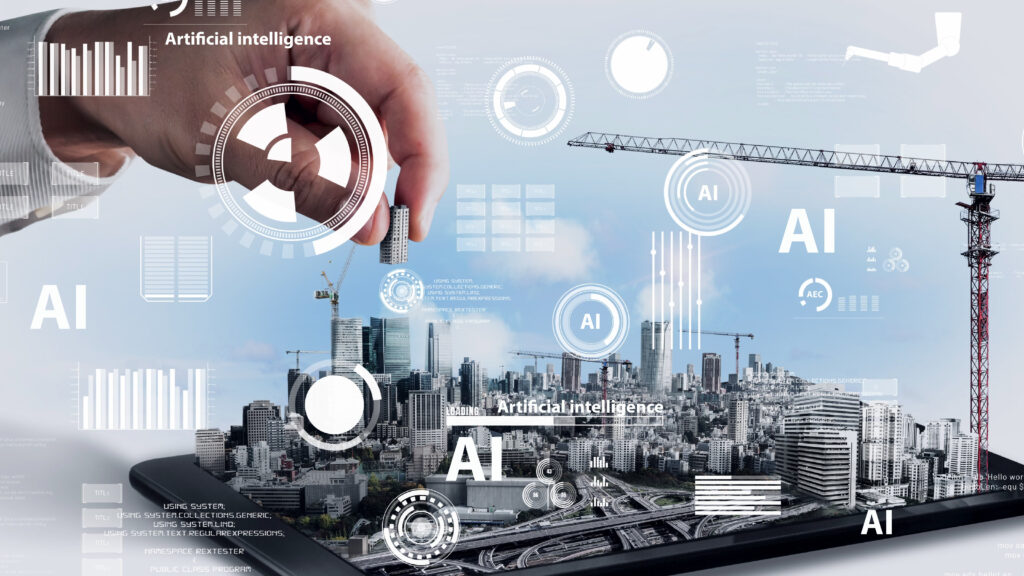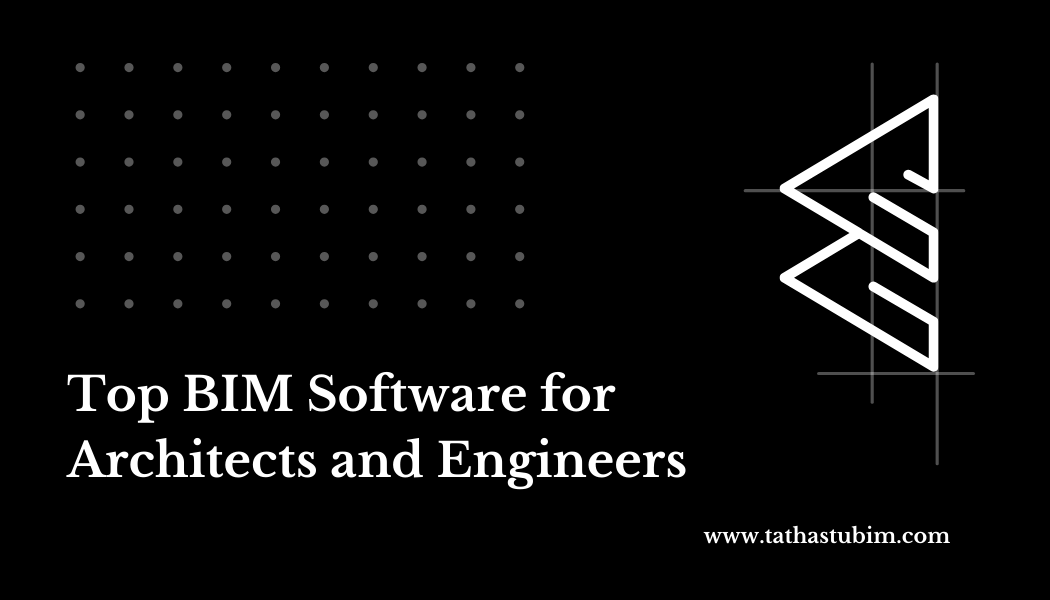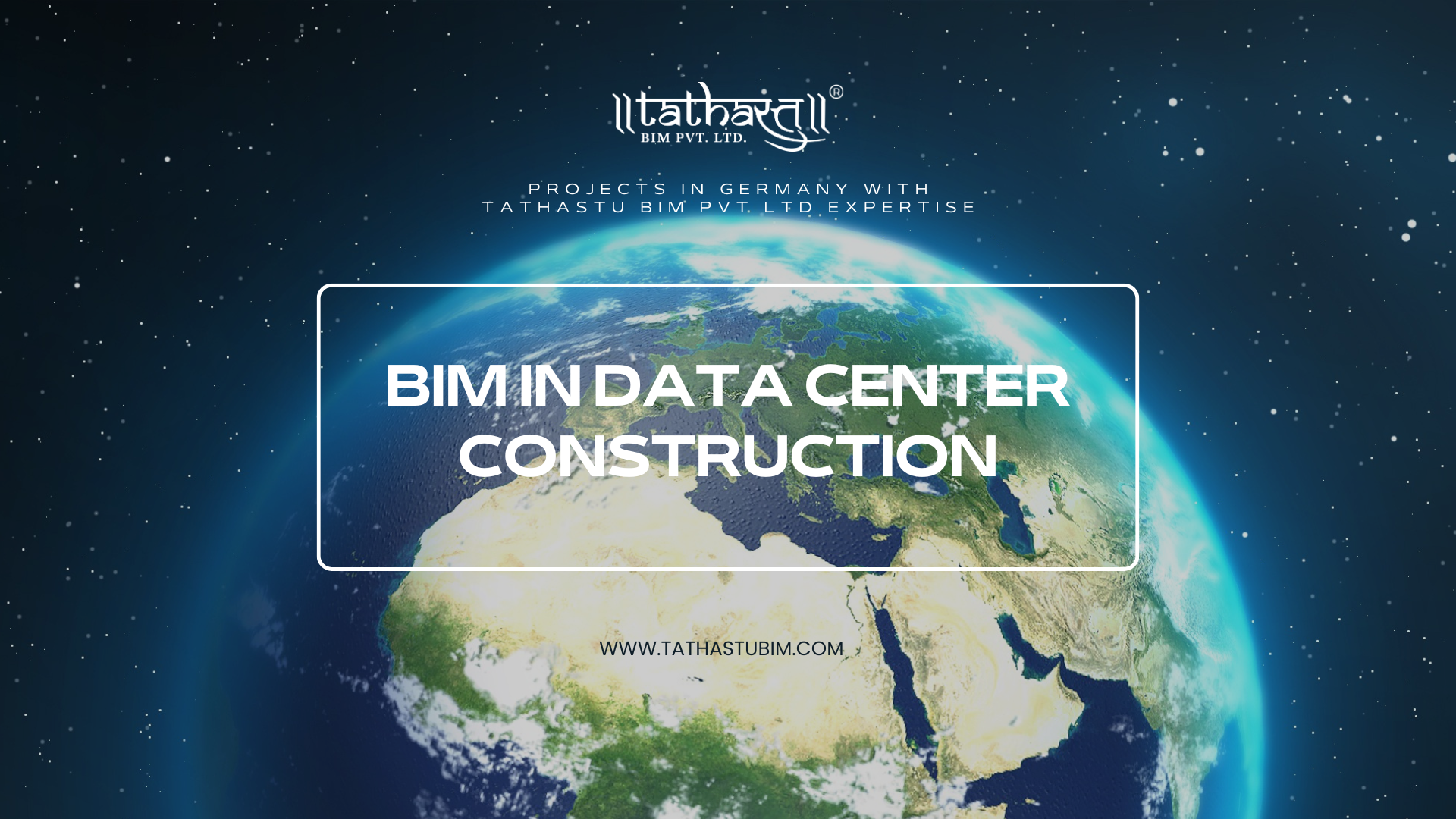


AI in digital construction
Artificial intelligence (AI) is transforming the way we design and build structures. AI can process vast amounts of data quickly, allowing for the development of more efficient, accurate and cost-effective designs. Learn how AI is revolutionizing the Architectural Engineering and Construction industries in this blog post.
AI is becoming increasingly prevalent in a number of industries, and the AEC industry is no exception. AEC firms are beginning to use AI-powered tools to help with a variety of tasks, from design and engineering to project management and construction.
The use of AI in the AEC industry can help firms save time and money while also improving the quality of their work. For example, AI-powered design software can help architects create more accurate designs, while AI-powered project management software can help construction managers better plan and coordinate projects.
In the future, AI is expected to play an even bigger role in the AEC industry, with some experts predicting that it will eventually replace traditional architectural and engineering services entirely. For now, however, AI is simply providing a helpful boost to the AEC industry, making it more efficient and effective than ever before.
Artificial intelligence (AI) has been hailed as a game-changing technology that has the potential to revolutionize many industries. The AEC industry is no exception, with AI being touted as a transformative force that can help firms overcome various challenges and improve their operations.
Some of the key benefits of AI in the AEC industry include:
1. Reducing project costs: AI can help firms reduce project costs by automating repetitive tasks and providing accurate cost estimates.
2. Improving project quality: AI can also help improve the quality of projects by identifying potential risks and issues early on.
3. Increasing efficiency: AI can help firms increase their efficiency by automating tasks and improving communication and coordination between team members.
4. Enhancing customer satisfaction: By providing accurate cost estimates, delivering high-quality projects, and increasing efficiency, AI can help firms enhance customer satisfaction levels.
The AEC industry is under pressure to deliver more for less. Clients are demanding faster turnaround times and lower costs, while architects, engineers, and construction professionals are struggling to keep up with the pace of change. The industry is ripe for disruption, and artificial intelligence (AI) is poised to be a major player in the coming years.
However, there are several challenges facing AI in the AEC industry. First, the industry is highly fragmented, with many small businesses competing for work. This makes it difficult for AI startups to gain traction and scale their businesses. Second, the AEC industry is notoriously risk-averse, which makes it difficult to sell new technologies that could potentially disrupt existing business models. Third, the data required to train AI algorithms is often siloed within individual companies, making it difficult to develop comprehensive solutions that can be used across the industry.
Despite these challenges, AI holds tremendous potential for the AEC industry. In the coming years, we will likely see more AI startups enter the market, and established players will begin to integrate AI into their products and services. As data becomes more accessible and AI technology matures, we will see ever-more powerful solutions that help architects, engineers, and construction professionals deliver better results faster and at lower costs.
The AEC industry is already starting to reap the benefits of AI technology. Construction firms are using drones and 3D imaging to create detailed models of job sites, which helps with project planning and coordination. Architects are using AI-powered tools to generate realistic images of proposed buildings, which can help clients visualize the final product. And engineering firms are using AI to streamline the design process and improve accuracy.
AI is also being used to develop new materials and construction methods. For example, one company is using AI to design prefabricated homes that can be assembled quickly and cheaply. Another firm is using AI to create a modular construction system that can be adapted to different climates and cultures.
AI will continue to transform the AEC industry in the years ahead. As more firms adopt AI-powered tools, we will see even greater efficiency gains and cost savings.
Artificial intelligence (AI) is beginning to revolutionize the architectural engineering and construction (AEC) industries. For example, AI is being used to create digital twins of buildings. These digital twins can be used to test different design scenarios before any physical construction takes place. This can save time and money by avoiding costly mistakes during the construction process.
In addition, AI is being used to create better building materials. For instance, AI-enabled sensors can be used to monitor the strength of concrete as it cures. This data can then be used to create stronger and more durable concrete mixes.
AI is also being used to improve safety in the AEC industry. For example, drones equipped with AI are being used to inspect construction sites for potential hazards. This information can then be used to make the construction site safer for workers.
Overall, AI is beginning to change the AEC industry for the better. By improving efficiency and safety, AI is helping the AEC industry keep up with the demands of the 21st century.
Popular Posts





